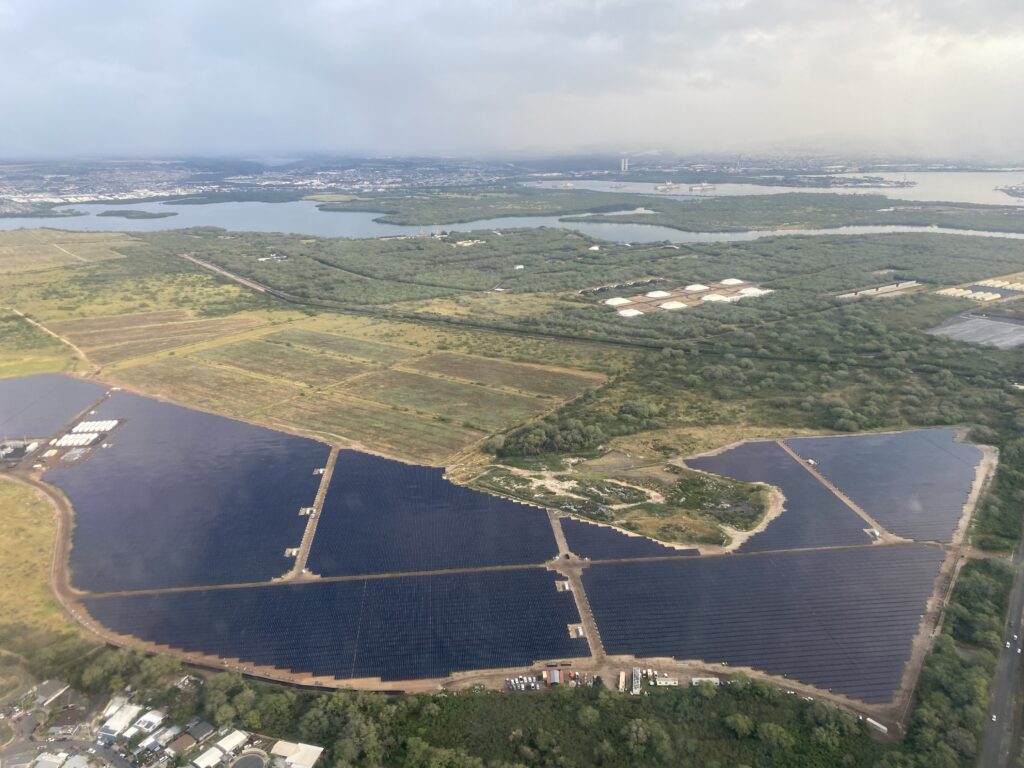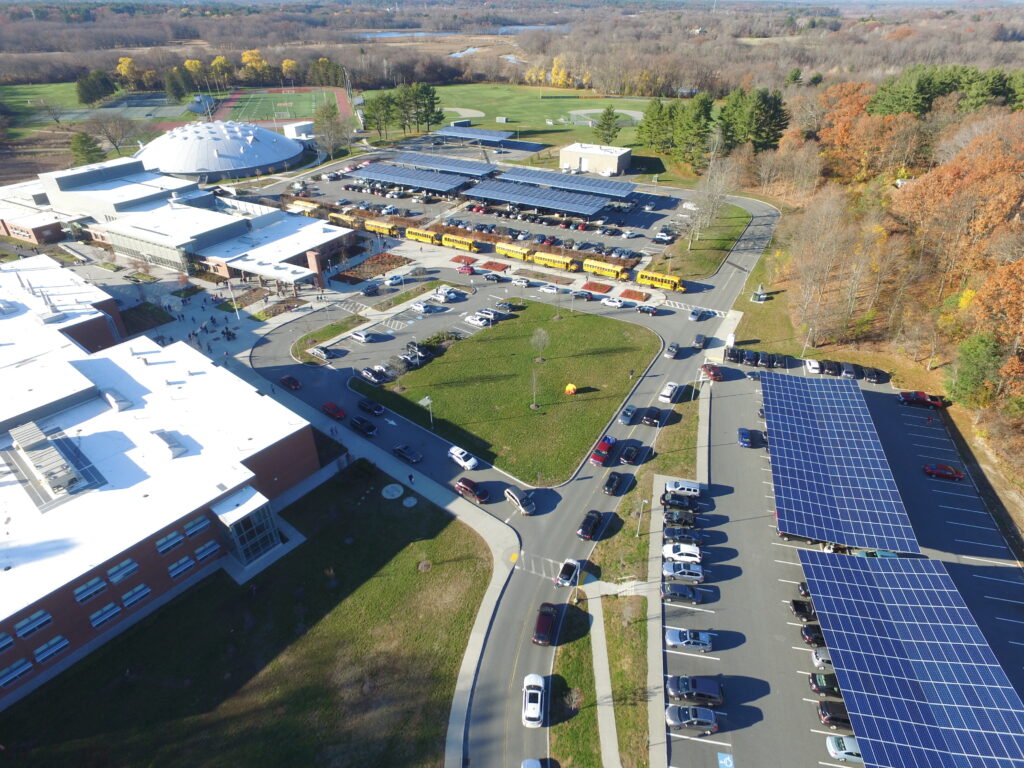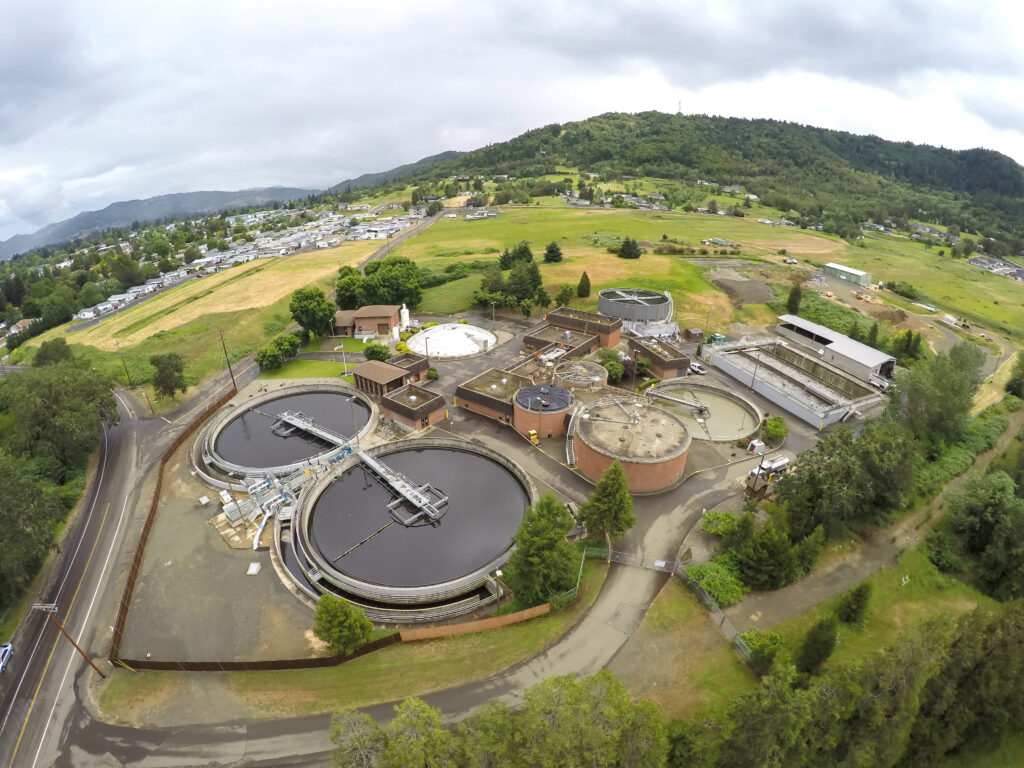
The benefits of grid resilience to municipalities and utilities become clear when examining real-world energy projects. They demonstrate how communities are implementing solutions that unlock resilience benefits such as less grid downtime and improved public health and safety as well as far-reaching community benefits including:
- Increased access to local energy for constituents.
- Employment opportunities for the local workforce to install, operate and maintain DERs.
- Renewables integration to support decarbonization targets.
- Enhanced sense of community thanks to investment in critical infrastructure.
- Improved access to resources—be it everyday electricity or emergency services.
Here are three examples of successful partnerships among communities, utilities and energy service providers that improve the grid and achieve mutually beneficial outcomes.
Kūpono Solar Project

In O’ahu, Hawaii, Hawaiian Electric (HECO), the U.S. Navy and the O’ahu community partnered with an energy solutions partner to develop the largest solar and BESS facility on the island. Located at Joint Base Pearl Harbor-Hickam, it delivers 42 MW of renewable energy to the local grid. The Kūpono Solar Project enables the island to reduce its dependence on imported fossil fuels and supports energy resilience, reliability, security, and affordability on the island. Community and customer benefits include stabilized cost of energy for HECO customers, reduced carbon emissions, progress supporting Hawaii’s renewable energy goals, and creation of local jobs.
Town of Wayland Solar, Efficiency & Resilience Project

Wayland, Massachusetts implemented energy conservation measures, four solar installations and a resiliency initiative to ensure the local middle school—which serves as an emergency shelter— has power during grid outages. The capital upgrade and critical infrastructure project helped the town progress toward its goal of decreasing energy consumption by 20% and reducing its greenhouse gas emissions. It delivered energy cost savings while also improving the town’s ability to provide critical services during emergencies.
Roseburg Urban Sanitary Authority (RUSA) Energy Savings Project

Oregon-based RUSA signed an energy savings performance contract to enhance its infrastructure resilience, reduce costs, and foster community engagement. RUSA secured nearly $2.9 million in grant funds from the Oregon Department of Energy for an 800 kW solar system to offset energy use from RUSA’s wastewater treatment plant, a 50 kW solar system to offset energy use at RUSA’s administrative offices, and 400 kW of floating solar to offset energy usage from RUSA’s natural treatment system. Through the contract, energy savings are guaranteed from the completed systems and optimal system performance. RUSA said the partnership helps it serve the public effectively by reducing costs and strengthening resilience.
Read about more successful community energy projects by downloading “Energy Allies: Communities and Utilities Building Resilience Together,” prepared by Energy Changemakers in partnership with Ameresco.
